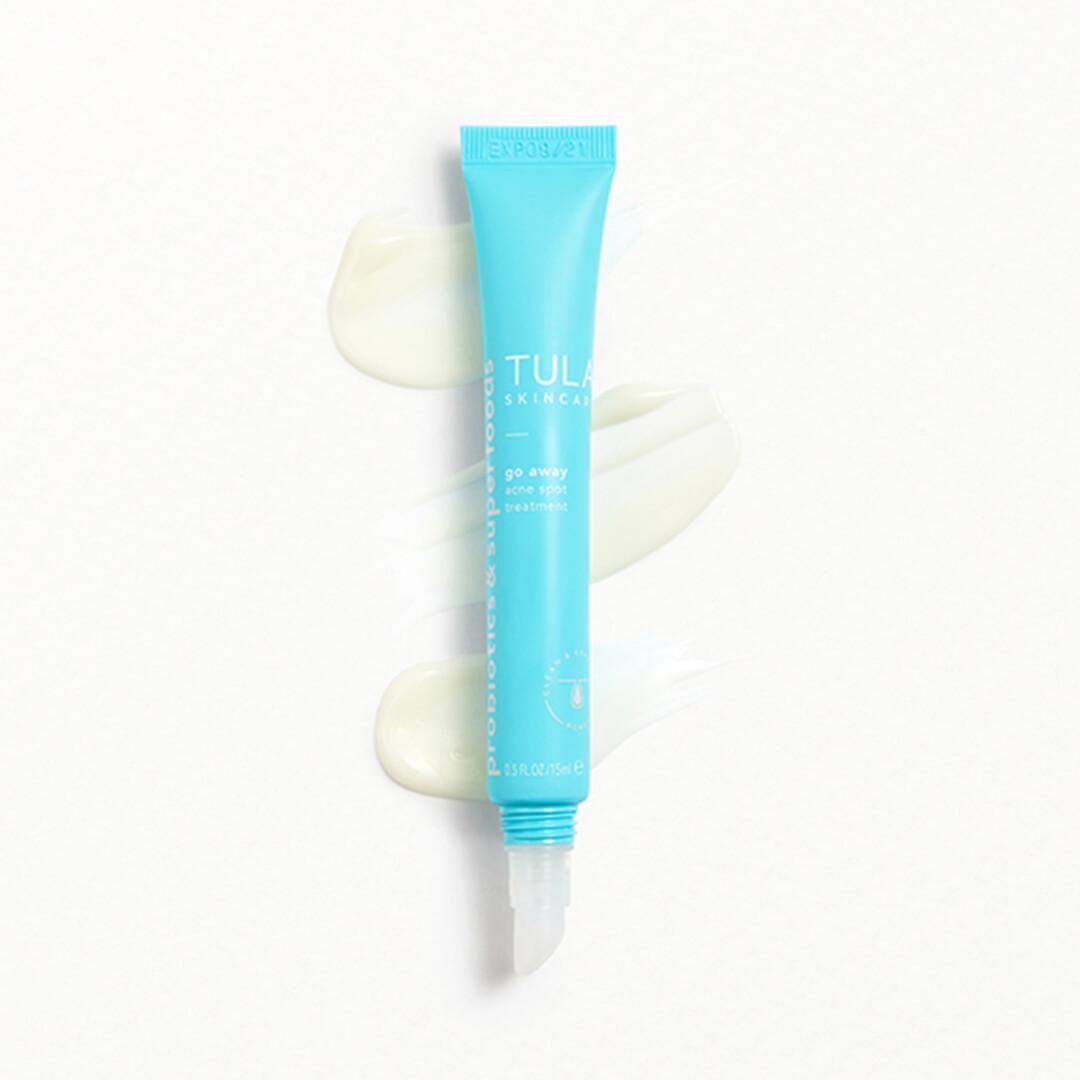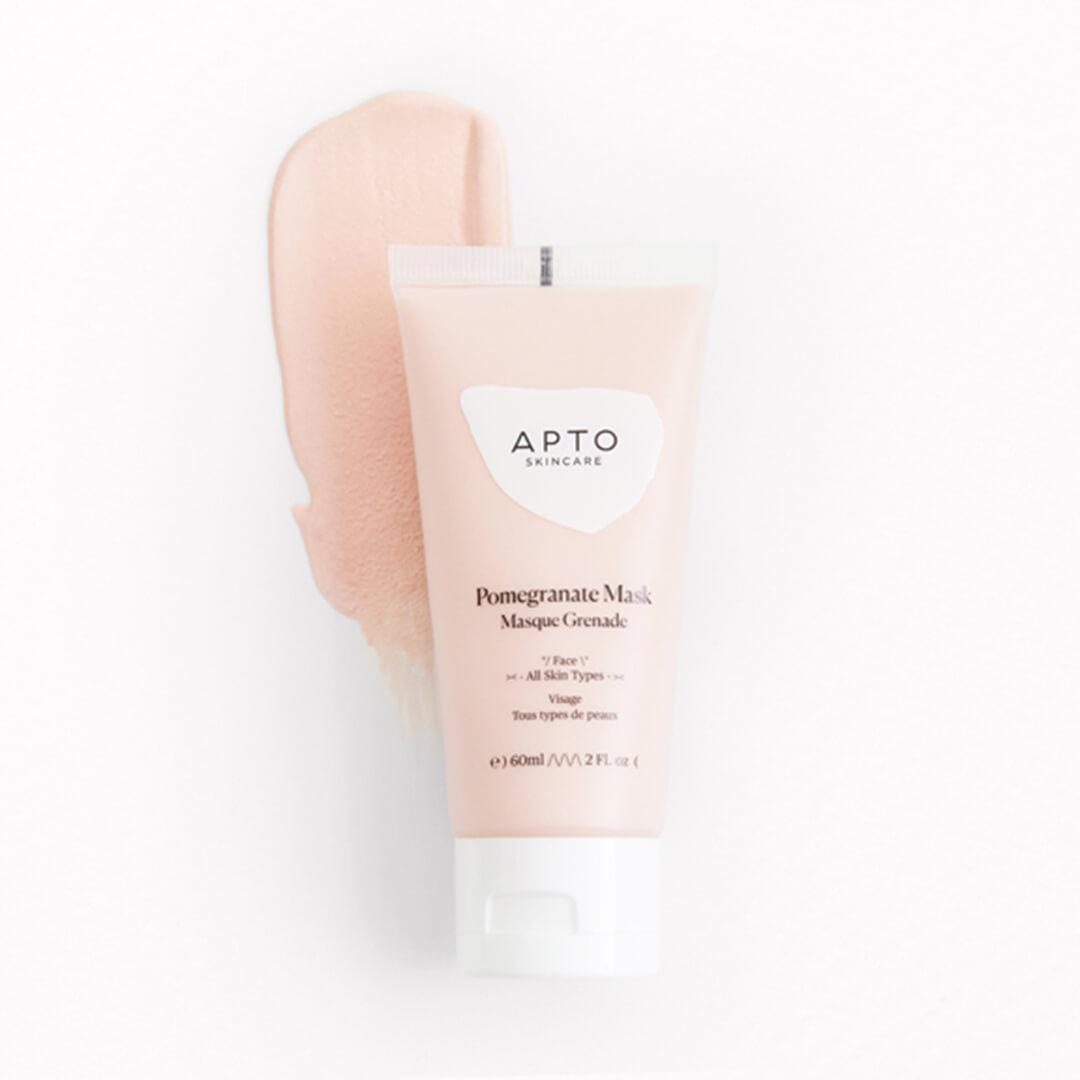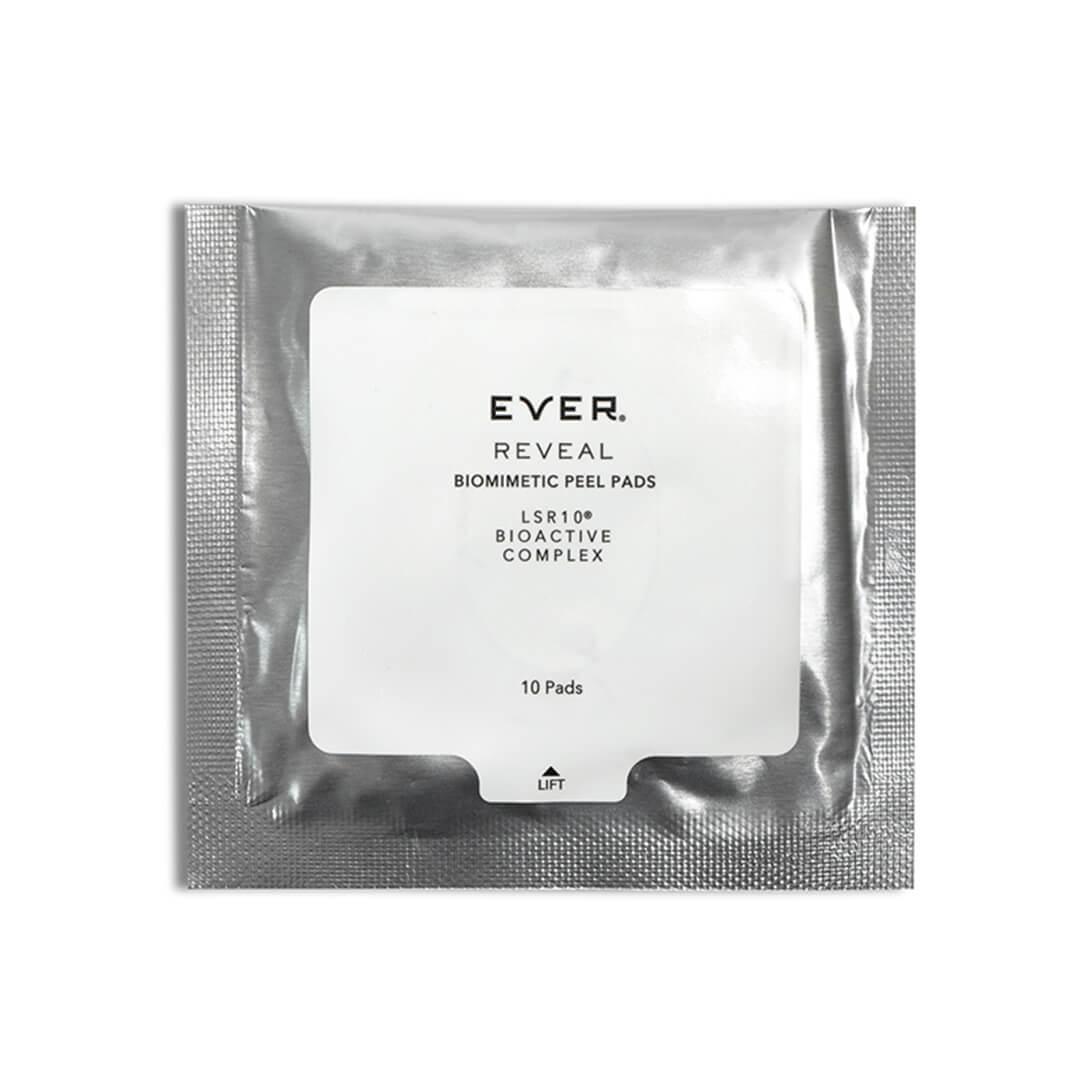What You Need to Know About Acne-Fighting Azelaic Acid, According to a Derm



Lindy Segal


Move over salicylic acid, benzoyl peroxide, and retinoids. There’s a new member of the acne fight club. Azelaic acid is here to clear up breakouts and then some. From tackling dark spots to minimizing redness, this ingredient is a skincare darling thanks to its versatility and tolerability. But before you try this much-hyped ingredient, it’s important to know just what it is, what it does, and how to use it. Read on to learn everything there is to know about azelaic acid straight from New York City-based dermatologist Orit Markowitz, MD.


It's about glam time you treated yourself.
MEET THE EXPERT
Orit Markowitz, MD, is an Associate Professor of Dermatology at the Icahn School of Medicine at Mount Sinai in New York City.
What is azelaic acid?
On a basic level, “azelaic acid is a natural organic compound found in wheat, rye, and barley, and is one of the safest skincare medications,” says Dr. Markowitz, who adds that it’s even safe to use during pregnancy. The derm adds that although “the exact mechanism of action of this ingredient on the skin is not completely understood,” it has proven to be an effective treatment for skin brightening—such as fading dark spots—reducing inflammation, and unclogging pores. It can be found in both over-the-counter skincare formulations as well as prescription topical treatments such as Azelex and Finacea.
How azelaic acid benefits your skin?
It’s anti-inflammatory.
Soothing common types of inflammation such as blemishes and redness is one key to azelaic acid’s success. “It is thought to have antibacterial properties helpful with inflammatory acne,” explains Dr. Markowitz.
It’s anti-comedogenic.
Like its good buddy salicylic acid, azelaic acid can help unclog pores thanks to “anti-keratin ozone properties, blocking the keratin necessary to form blackheads and whiteheads,” says Dr Markowitz.
It has brightening powers.
Azelaic acid also helps to notably lighten dark spots, such as acne scars and melasma, because it “blocks an enzyme necessary for the pathway of pigment formations,” explains Dr. Markowitz. It’s also known to be a gentle exfoliant, which can lead to a brightening effect.
It’s safe for most skin types.
Sensitive skin types may be able to tolerate azelaic acid better than harsher acne treatments. Plus, “since azelaic acid is safe and has multiple benefits, it’s a go-to product for pregnant and nursing women with rosacea, acne, and melasma,” says Dr. Markowitz. “It’s the safest and the mildest treatment [for these conditions], but it can be quite effective. The ingredient may even be a treatment for a certain type of skin cancer. “It has also been studied as a treatment for other diseases like lentigo maligna type facial melanoma, with some success in assisting other more effective treatments,” explains Dr. Markowitz.
Azelaic acid vs. salicylic acid:
Don’t think of azelaic acid and salicylic acid, a popular beta-hydroxy acid (BHA), as competition, but rather, as complementary to one another. Unlike azelaic acid, which gently tackles several acne-related (and non-acne-related) symptoms, “salicylic acid works by causing the cells of the epidermis [the outermost layer of skin] to slough off more readily, preventing pores from clogging up, and allowing room for new cell growth,” says Dr. Markowitz. In part due to azelaic acid’s gentle nature, “salicylic acid is safe to use with azelaic acid, and in fact, they work well together.”
How to use azelaic acid?
Unlike a lot of acne treatments, azelaic acid is remarkably gentle and tolerable for almost all skin types, as well as skin tones. “With its anti-inflammatory, antimicrobial, and anti-keratinizing properties, it can help when fair skin types present with acne rosacea,” says Dr. Markowitz. “Darker skin types may suffer from melasma, or increased pigmentation of the skin, and its anti-tyrosinase [lightening] properties have also been shown to have some benefits with melasma and post-inflammatory hyperpigmentation related to acne.” Although azelaic acid may not be the sole solution for these skin conditions, “It's a great drug used in combination with other treatments such as lasers, as well as sunscreens,” notes the derm.
Azelaic acid’s tolerability means it should easily fit into your existing skincare routine, too, via a mask, spot treatment, or even a moisturizer. “Because azelaic acid is mild, it works well combined with other treatments,” says Dr. Markowitz. It can even be used with retinol, however, you’ll want to be sure the other active ingredients in the product are compatible with retinol as well. Side effects such as dryness are usually mild, but if you experience irritation, stop use immediately and contact your physician.
Azelaic acid products IPSY members love:
Now that you’ve brushed up on all things azelaic acid, here are three IPSY-approved products to add to your skincare routine.


1. TULA SKINCARE Go Away Acne Spot Treatment
This ultra-effective acne treatment has benzoyl peroxide and tea tree oil to zap zits fast, plus the triple threat of azelaic acid, niacinamide, and licorice to fade any residual marks or dark spots. “This product was amazing. You can wear it alone or under makeup. It takes away blemishes after a few uses,” says one Ipster.


2. APTO SKINCARE Pomegranate Mask
The azelaic acid is the star in this creamy pink mask, which helps treat and prevent breakouts while simultaneously soothing and reducing the appearance of redness. Bonus! It’s vegan. “Very nice and refreshing. I did feel like my skin looked more plump and youthful immediately. Sooo soothing, too! Great on my dry & sensitive skin. Smells yummy too!” one happy Ipster reports.


3. EVER REVEAL Biomimetic Peel Pads with LSR10®
The azelaic acid, willow bark, and caviar lime in these peel pads ever-so-gently exfoliate and unclog pores, so skin is satisfyingly soft, sans irritation.
Want in on all the IPSY Glam Bag fun? Take our Beauty Quiz now to get started. Already an Ipster? Refer your friends to earn points, which you can use toward products. Either way, don’t forget to check us out on Instagram and Twitter @IPSY.
Like this article? Share it with your friends by clicking the icons below!
Liked this post? Share!
Related Stories


Ingredient Index
Why Argan Oil Is the Versatile Ingredient Everyone Needs in Their Beauty Routine
Published on Oct 15, 2025 • 8 min read


Ingredient Index
Every Skincare Ingredient You Should (and Shouldn’t!) Use With Vitamin C
Published on Oct 2, 2025 • 9 min read


Ingredient Index
No, Not All Peptides Are the Same, But All Are Beneficial
Published on Aug 12, 2025 • 4 min read


Ingredient Index
Top Anti-Inflammatory Ingredients to Soothe Irritated Skin
Published on Aug 5, 2025 • 6 min read


Ingredient Index
Iron Oxides Are the Skin-Protecting Ingredients Your Routine Has Been Waiting For
Published on Mar 14, 2022 • 3 min read


Ingredient Index
Galactomyces Is the Latest Skincare Ingredient You’re About to See Everywhere
Published on Jul 10, 2025 • 3 min read


Ingredient Index
Everything to Know About the Gentle Healing Ingredient Bisabolol
Published on Jul 10, 2025 • 6 min read


Ingredient Index
Yes, You Should Be Using Adapalene If You Have Acne
Published on Jul 10, 2025 • 4 min read


Beauty Picked Just for You
Get 5 products worth up to $70
Plus exclusive access to epic deals up to 80% off
Starting at just $14/month. Cancel anytime.